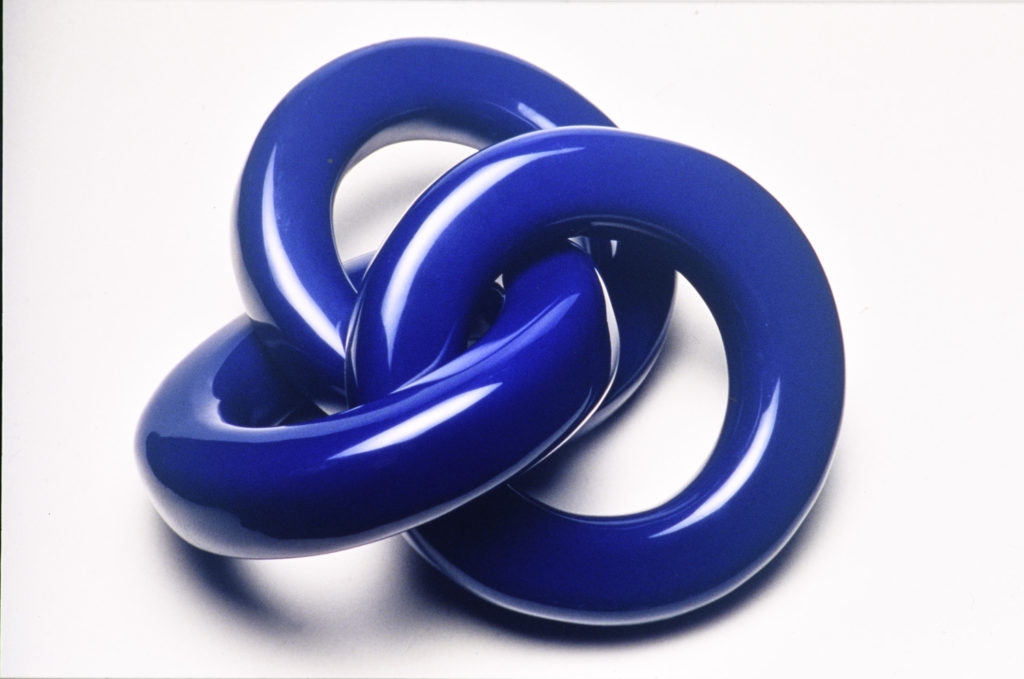ARTISTS Marie Abbott, Catherine Anselmi, Norman Barber, Carol Anne Bauer, Pauline Bern, Keith Blight, Gregory Chaston, Ann Clifford, Margaret Cox, John Crawford, Carole Davis, Penny Evans, Leslie Falls, Brian Flintoff, Warwick Freeman, Brian Gartside, Alan Golder, Noel Gregg, David Grove-Hills, Neil Hanna, Malcolm Harrison, Suzanne Herschell, Jeanette Hine, Theo Janssen, Joseph Rahman Khan, Ted Kindleysides, Vivian Manthel, Royce McGlashen, Merv Miller, Loma Mullervy, Roger Mulvay, Mike Murray, Stephen L. Myhre, Sue Naylor, Graeme North, Phillip J.J. O’Sullivan, Hilary Owens, Jenny Pattrick, Suzy Pennington, Helen Pollock, Beverley Rea, Donn Salt, Helen Schamroth, Jan van de Klundert, Peter Viesnik, Bodhi Vincent, Rob Waanders, Shane Wallace, Kate Wells, Nora West, Carin Wilson, Raymond A. Young OTHER VENUES Southland Museum and Art Gallery, Invercargill, 1–23 February 1986; Suter Art Gallery, Nelson, 10–31 March 1986; Bay Court, Tauranga, 11–25 July 1986; Carnegie Centre, Dunedin, 26 May–26 June 1986; Fisher Gallery, Pakuranga, 3 August–3 September 1986; Rotorua Art Gallery, 13 October–9 November 1986; Gisborne Art Gallery, 26 November–14 December 1986; Hawkes Bay Art Gallery, 5 January–12 February 1987 SPONSOR Winstone
Winstone Ties that Bind is born from previous Wellington City Art Gallery craft shows sponsored by Winstone, The Bowl (1981) and Great New Zealand Box Show (1984). It’s an open competition. Any artist can propose a piece, as long as it is hinged, tied, bound, bolted, belted, bracketed, braided, nailed, coupled, locked, knotted, or stuck together. Artists range from established to amateur, and works range from pottery to macramé. From 156 submissions, judge Marlise Staehelin, a Swiss sculptor, selects fifty-two works. Up for grabs is a grand prize of $2000 and two further prizes of $500. However, Staehelin can’t decide and Winstone allow two $2000 grand prizes to be awarded.
The winners are retired Wellingtonian teacher and scientist Norman Barber and Aucklander Helen Pollock. Barber’s A Toy that Shows a Curious Motion is a small cabinet containing two painted salt-and-pepper shakers, Sancho and Pancho, attached by a string. A sign says, ‘Please push one of us.’ When pushed, one begins to swing. When it eventually slows, the other begins to move, as the energy transfers back and forth like a seesaw. Pollock’s pit-fired stoneware ceramic Lovers features two abstracted figures locked together. When separated, each figure has a dent and a protrusion in its chest which fits with the other’s.
The winners of the smaller prizes are Malcolm Harrison and Jan van de Klundert, both established artists. Harrison works mostly with quilting, tapestry, and embroidery. His work Home(ward) Bound shows further experimentation in genre, with two bronze cats embracing atop a red suede cushion. Van de Klundert is a weaver from the Netherlands. His Apiti Hono, Tatai Hono mixes Māori and modernist European weaving styles.
Staehelin’s judging is controversial. Two artists, Donn Salt and Owen Mapp, write to Crafts magazine, complaining that Staehelin unfairly rejected Pākehā artists who made Māori influenced art. It is suggested that, due to her nationality, she doesn’t understand New Zealand’s bicultural context. Owen Mapp writes, ‘Are we to look over our shoulders to check whether our influences are “permissible” before we put paint to canvas or tool to wood?’ Staehelin addresses the controversy in the same issue: ‘It’s as if, when I say I am Swiss, somebody might ask if I yodel. Yodelling is a very special thing. It is an art that comes out of a particular way of life.’
The public programme addresses all kinds of ties. There are talks on ties with the other side, the history of nautical knots, how religion bonds society, and more. The show features on TVNZ's Kaleidoscope, and a video of the programme accompanies the show on its extensive tour.



































































































